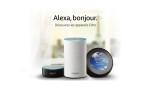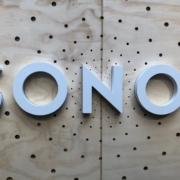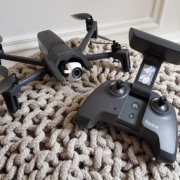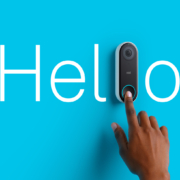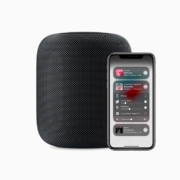When it comes to the healthcare industry, providing treatment and diagnosis to remote locations where doctors are not easily available or accessible is difficult. However, with the help of IoT-enabled embedded medical devices, healthcare specialists can easily identify diseases and provide treatments in a timely manner from distant locations. This article discusses how embedded IoT medical devices can change treatment methods.
With the proliferation of IoT devices, there has been a huge transformation in terms of smart cities, connected manufacturing, wireless communication, and connected healthcare. If we talk specifically about the healthcare industry, there has been a significant revolution in terms of delivering health care services in remote locations, where doctors are not easily available. Many healthcare facilities have started adopting embedded solutions for medical devices enabled with IoT to address the lack of availability of doctors in remote areas. These IoT-enabled medical devices help identify diseases in patients and conduct different tests to provide an accurate and reliable treatment to patients in remote locations.





